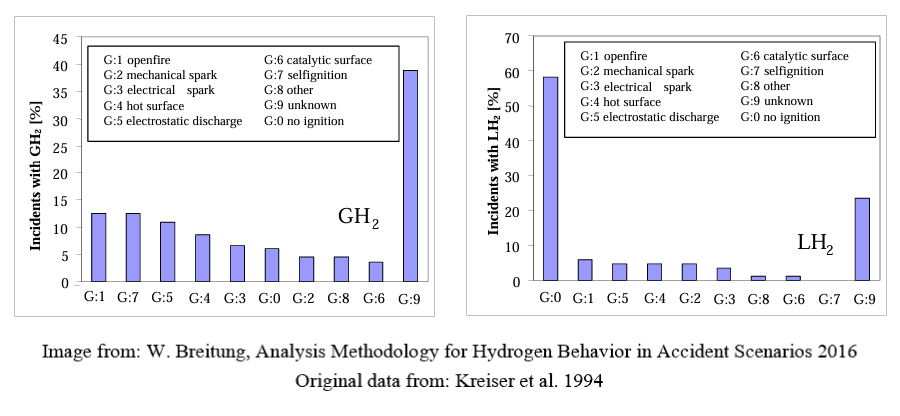Purging can be accomplished in several ways including by using pressure cycles, sweeping, or vacuum
Is purging the same as sweeping? How can we ensure no ingress of oxygen into the stack to prevent the creation of a flammable/explosive environment if we're not constantly sweeping the vent headers and the stack (e.g., with nitrogen)?
Purging can be accomplished in several ways including by using pressure cycles, sweeping, or vacuum. Sweeping is the least reliable but can be effective on simple pipe runs. In most cases, vent systems are open to the atmosphere and the ingress of air from the outlet is likely. However, the vent system should be designed to handle fire or explosion internally. This
generally is not difficult and is a best practice that can also be found in several standards which are incorporated by reference in Codes.
While air that enters from the vent stack outlet is expected to be within the vent stack, any leaks or openings in the vent system should be repaired such that they don’t act as a venturi and aspirate air while venting. A continuous source of air ingress should be avoided.


